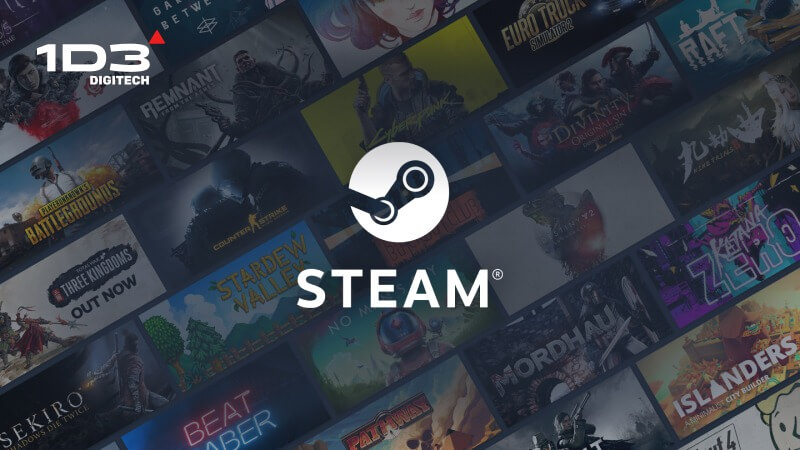Working closely with 1D3 biz dev Skelius Mortalis, we are launching a series of posts covering various video game distribution platforms in terms of fees, audiences, and features. Today, we start with Steam, a platform that dominates the PC world.
Steam User Base
While Steam is the go-to platform for PC games, boasting around 69 million daily active users, its vast library of over 100,000 games makes it highly competitive. Steam merely provides distribution; developers must attract their own player base.
To gain visibility, a game must generate sufficient revenue or accumulate enough wishlists for Steam to consider it worth featuring in its algorithm. As of 2024, a game needs at least 2,000 wishlists to appear in discovery and store queues.
Steam Platform Fees
Steam charges a base rate of 30% on in-app purchases and game sales. Developers must also pay $100 to join the Steam Partner program. However, there are conditional rate reductions: after reaching $10 million in sales, Steam's cut drops to 25%, and after $50 million, it further decreases to 20%.
So, what does Steam provide for this 30% fee?
Firstly, Steam handles payment processing, covering all regions and payment service provider agreements. This service, typically costing 2% to 5% depending on the region and payment method, is included in Steam’s commission.
Additionally, Steam takes care of Sales Tax/VAT calculation and remittance, though these taxes are deducted from the developer’s earnings.
In summary, most developers' actual earnings are about 50% of the revenue. This is due to Steam's 30% cut and an average 20% Sales Tax/VAT, leaving the remaining 50% for the developer.
Steam Additional Features
Steam is a comprehensive ecosystem with a sophisticated algorithm that influences game discovery through promotional events, bundles, sales, reviews, and wishlists. However, as mentioned earlier, leveraging this algorithm requires developers to acquire wishlists and promote their games actively.
The market is highly saturated, making it difficult for small games to gain visibility, rendering daily active user (DAU) statistics somewhat misleading. There are exceptions, such as Vampire Survivors — cult classics and hidden gems that gain traction through streamer promotion or become one-hit wonders — but this kind of sudden popularity spike is not the case for most games released on Steam.
The 30% fee includes access to a suite of Steam tools that aid in game development, publishing, and support. These tools include the Steamworks SDK, post-release customer support and refunds, optional DRM, cloud storage, downloads, updates, patching, and analytics.
Additionally, Steam is quite democratic and does not engage in exclusivity deals, allowing developers to explore other platforms for additional exposure. Developers can also sell some Steam keys outside the platform's infrastructure, bypassing the 30% commission.
Conclusion
While Steam's fee is fair given all it offers, many developers would be willing to take on some of these responsibilities and forgo certain tools if it meant reducing the platform fee from 30%.
Developers publishing their second or third game often have enough experience and resources to consider self-distribution.





